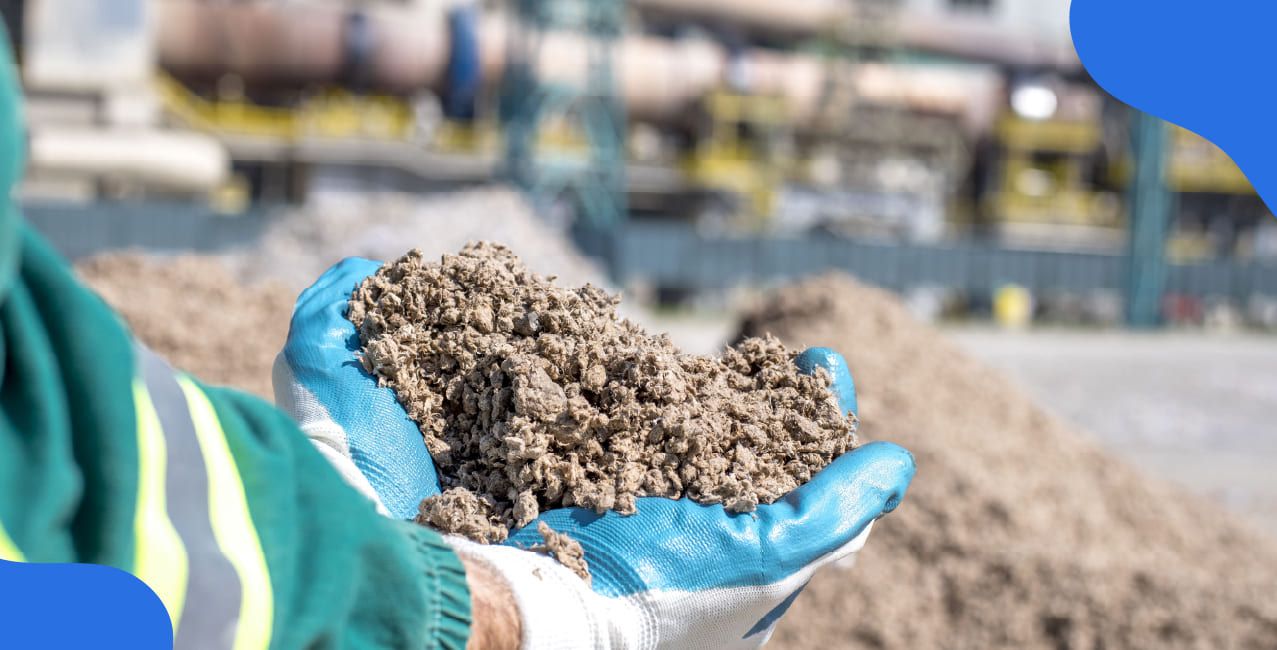
Author
LoansJagat Team
Read Time
5 Min
25 Sep 2025
GST on Cement – Updated Rate, HSN Code & Guide
Key Takeaways
- Recently, the 56th GST Council Meeting revised the GST rates. It has also revised the GST on cement.
- Previously, GST on cement was 28%; however, as per recent changes, GST on cement is 18%.
- Also, the Council Meeting has removed the GST slabs of 12% and 28%. Now, there are
mainly two GST slabs, rated 5% and 18%.
Goods and Services Tax (GST) is a single indirect tax system that applies to the supply of goods and services. Cement is one of the most essential construction materials, and is placed under GST for standardisation of its taxation.
Suppose a 50 kg cement bag carries a base value of ₹300. Earlier, when GST was 28%, the cost became ₹384. After the reduction to 18%, the price of the same bag came down to ₹354.
If you buy 1,000 bags, this small ₹30 saving per bag adds up to ₹30,000. Such numbers show how a simple tax rate change can influence large construction projects.
In this article, we explore GST on cement, the effect of recent GST cuts on its pricing, rates applicable to construction materials, the industry-wide impact, and how Input Tax Credit (ITC) benefits apply.
GST On Cement
In the 56th meeting of the GST Council, the Finance Minister has revised the GST slab rates and GST rates on various goods and services.k This has also impacted the GST on cement.
Cement was earlier taxed at one of the highest GST slabs of 28%. This rate made it more expensive than most other construction inputs. Now, the rate is reduced to 18% to support affordable housing and encourage infrastructure projects. The following table highlights the change in GST on cement:
The revised GST rates bring significant relief to the construction sector by lowering costs across cement and related products. This change of GST on cement is expected to make housing and infrastructure projects more affordable and cost-efficient.
Bonus Tip: Do you know that GST cuts can add ₹30,000 crore profit for Uttar Pradesh? This gain comes from cheaper GST on cement, cars, and insurance, boosting demand and growth. Such economic shifts often lift market indices linked to these sectors.
Read More - GST on Bricks: Complete Guide to Rates & Compliance
Impact Of GST On Cement Prices
The price of cement is directly linked with GST because the tax applies to its base value. A reduction from 28% to 18% makes a noticeable difference.
To put this in perspective, consider the following example. Suppose you bought a 50 kg cement bag priced at ₹300 before GST. The following table shows the GST on cement:
This ₹30 saving per bag may look small, but it becomes significant in bulk orders. For example, for 5,000 bags, the savings come to ₹1,50,000. This drop in GST on cement not only benefits developers but also indirectly helps homebuyers who expect reduced project costs.
Bonus Tip: Did you know? Deccan Herald reports that the GST cut on cement may reduce construction expenses by almost 3 to 5%.
Types Of Construction Material And Their GST Rate
Cement is not the only material impacted by GST. Other inputs like steel, bricks, sand, and stones also fall under specific slabs. A look at their rates helps understand the overall cost structure in construction. The following table lists the GST rates on major construction inputs:
This alignment of rates has helped in making projects more cost-effective. It also ensures that builders do not face extreme differences in taxation across materials.
Also Read - GST on Sand – Applicable Tax Rate & Construction Impact
Impact Of GST Cut On The Construction Industry
The construction industry consumes the largest share of cement. A reduction in GST has brought down project costs and improved affordability in housing.
Suppose a mid-size housing project requires 10,000 cement bags. Earlier, with the 28% slab, the total cost stood at ₹38,40,000. With the revised 18% slab, it dropped to ₹35,40,000, giving a clear saving of ₹3,00,000. The table below explains this calculation:
This saving helps developers manage budgets better. In the long run, such cost relief improves housing supply and boosts infrastructure projects.
Input Tax Credit (ITC) On Cement
Input Tax Credit is an important feature of GST. It allows businesses to claim credit for the tax paid on inputs against the tax payable on outputs. When you buy cement for business use, it qualifies for ITC.
However, there is a difference. Developers can claim ITC on cement used in projects, but individual home builders constructing for personal use cannot claim this benefit.
Suppose a builder purchases cement worth ₹10,00,000 at 18% GST. The GST paid is ₹1,80,000. If the builder’s project has an output GST liability of ₹5,00,000, the ₹1,80,000 input credit can be adjusted against it, reducing the payable tax. The table below shows this calculation:
The above-mentioned feature helps businesses improve cash flow and lower their overall tax burden.
Conclusion
In the 56th GST Council meeting, the GST on cement has shifted from a steep 28% to a more reasonable 18%. The GST on cement change has lowered cement prices, reduced construction costs, and supported affordable housing.
Developers, cement companies, and eventually homebuyers are most likely to benefit from this rate cut. The success of GST on cement reduction will depend on how well the cost savings are passed on to the end consumer. If a change in GST on cement is implemented fairly, this can bring sustainable growth to the housing and infrastructure sectors.
FAQs
1. What is the HSN code of portland cement, aluminous cement, slag cement, super sulphate cement and similar hydraulic cements?
The HSN code of portland cement, aluminous cement, slag cement, super sulphate cement and similar hydraulic cements is 2523.
2. What is the HSN code of refractory cements?
The HSN code of refractory cements is 3816.
3. What is the HSN code of machinery for unhardened cements?
The HSN code of machinery for unhardened cements is 8474.
4. What is the HSN code of machine tools for asbestos-cement?
The HSN code of machine tools for asbestos-cement is 8464.
5. How to calculate GST?
You can calculate GST using the formula: GST Amount = (Original Price × GST Rate) ÷ 100. Add this to the base price to get the final price.
6. What are the disadvantages of GST?
Some disadvantages include higher compliance requirements for businesses, initial revenue loss for states, and confusion during slab changes.
7. Who decides the rate of GST?
The GST Council, chaired by the Union Finance Minister and including state finance ministers, decides GST rates in India.
About the Author

LoansJagat Team
‘Simplify Finance for Everyone.’ This is the common goal of our team, as we try to explain any topic with relatable examples. From personal to business finance, managing EMIs to becoming debt-free, we do extensive research on each and every parameter, so you don’t have to. Scroll up and have a look at what 15+ years of experience in the BFSI sector looks like.

Quick Apply Loan
Subscribe Now


